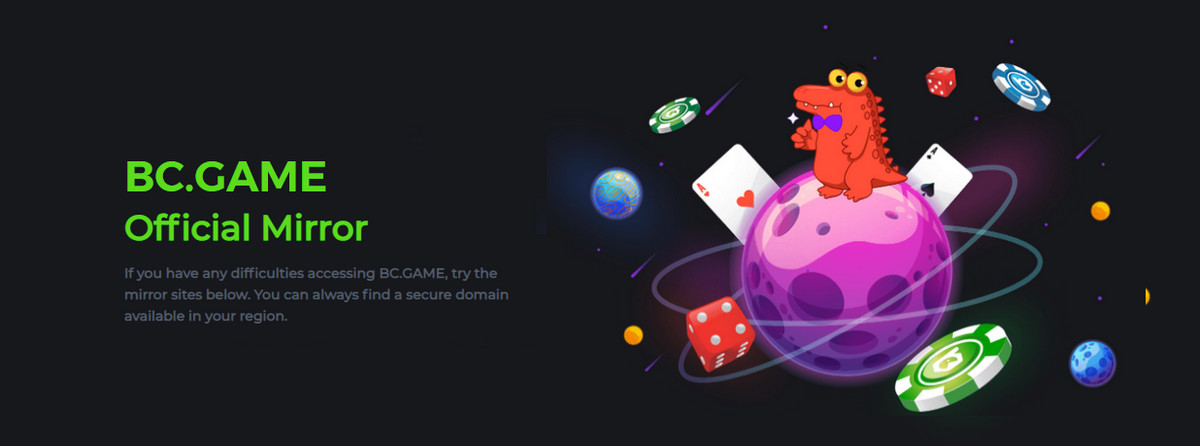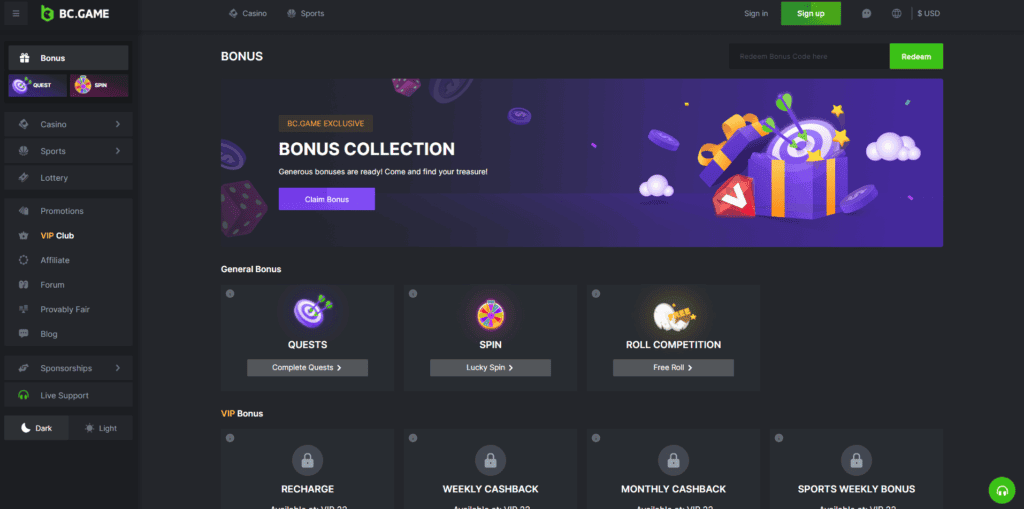
Exploring the World of Bcigra
The digital age has brought forth numerous innovations and concepts, one of which is Bcigra BCigra. This article delves into the essence of Bcigra, exploring its background, significance, and future implications for various sectors. Whether you’re a tech enthusiast, a business professional, or simply curious, understanding Bcigra will give you insight into the contemporary digital landscape.
What is Bcigra?
Bcigra represents a fusion of blockchain technology and graphical representation, aiming to enhance data transparency and accessibility. At its core, it introduces an innovative framework that simplifies complex data while ensuring authenticity and security. As businesses and organizations lean towards digitization, Bcigra emerges as a pioneer in transforming how data is managed and visualized.
The Origins of Bcigra
The origins of Bcigra can be traced back to the increasing need for secure data management solutions. With cyber threats escalating and demands for transparency growing in corporate environments, pioneers in technology sought to merge blockchain with user-friendly graphic models. This journey started in tech hubs around the globe where innovative minds came together to create a solution that is not only secure but also visually intuitive.
Key Features of Bcigra
- Security: Utilizing the principles of blockchain, Bcigra ensures that data integrity is maintained. Each transaction and piece of information is encrypted, preventing unauthorized access.
- Visualization: One of the most appealing features of Bcigra is its graphical user interface, which allows users to visualize data seamlessly. This makes it easier for businesses to interpret data accurately and make informed decisions.
- Decentralization: By leveraging decentralized networks, Bcigra reduces the risks associated with data storage and enhances the resilience of data against attacks.
- Interoperability: Bcigra is designed to be compatible with various platforms, thereby allowing different systems to communicate and share data without friction.
Applications of Bcigra
The applications of Bcigra are vast and versatile. Here we outline some prominent sectors where Bcigra can make a significant impact:
1. Finance
In the financial sector, Bcigra’s ability to provide transparent and real-time data visualization can enhance risk management strategies and facilitate regulatory compliance. Financial institutions can employ Bcigra to demonstrate clear audits and track transactions more effectively.

2. Supply Chain Management
The logistics industry can greatly benefit from Bcigra’s capabilities in tracking product journeys. By visualizing supply chain data on a secure platform, businesses can identify bottlenecks, optimize routes, and ensure that all parties involved have access to real-time information regarding inventory and distribution.
3. Health Care
Healthcare providers can utilize Bcigra to manage patient records securely and transparently. By establishing a decentralized system for medical data, practitioners can maintain patient confidentiality while leveraging data for research and development.
4. Education
In the education sector, Bcigra can facilitate student data management. Institutions can use the platform to track academic progress, securely store credentials, and even visualize educational outcomes, making the data more accessible for analysis and improvement.
Challenges in Implementing Bcigra
While the potential of Bcigra is promising, there are several challenges that organizations may face when integrating this technology. One major hurdle is the need for education and understanding among stakeholders. Businesses must invest in training employees to use and trust Bcigra effectively.
Moreover, regulatory compliance can threaten the adoption of new technology. Organizations need to ensure that Bcigra meets legal standards specific to their region and industry. Lastly, the cost of implementing Bcigra alongside existing systems may pose a significant barrier, especially for small businesses.
The Future of Bcigra
Looking forward, the future of Bcigra seems promising. As awareness and understanding of the technology increase, more organizations are likely to embrace its potential benefits. The integration of artificial intelligence and machine learning with Bcigra can further enhance its capabilities, creating a more dynamic and responsive data management system.
Furthermore, as regulatory frameworks evolve to accommodate new technologies, the barriers currently hindering the adoption of Bcigra could diminish. This will potentially lead to broader applications across various industries and greater innovation in data management practices.
Conclusion
In a rapidly changing digital landscape, Bcigra emerges as a significant advancement in the management and visualization of data. By combining the security of blockchain with user-friendly graphical interfaces, it serves as a bridge between complex data systems and the need for transparency. While challenges remain, the future holds considerable promise for Bcigra as various sectors lean towards digitization and seek more efficient data solutions.